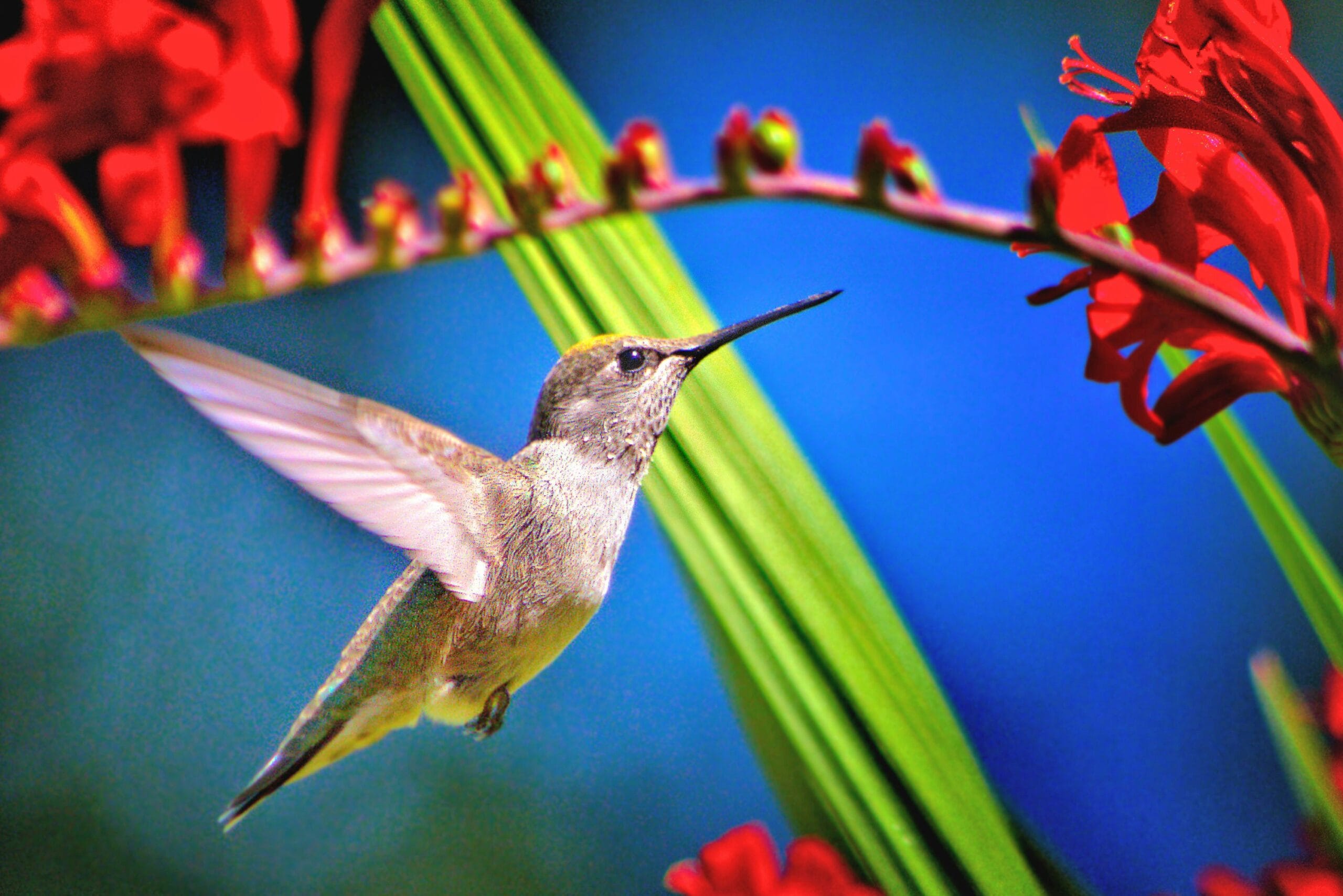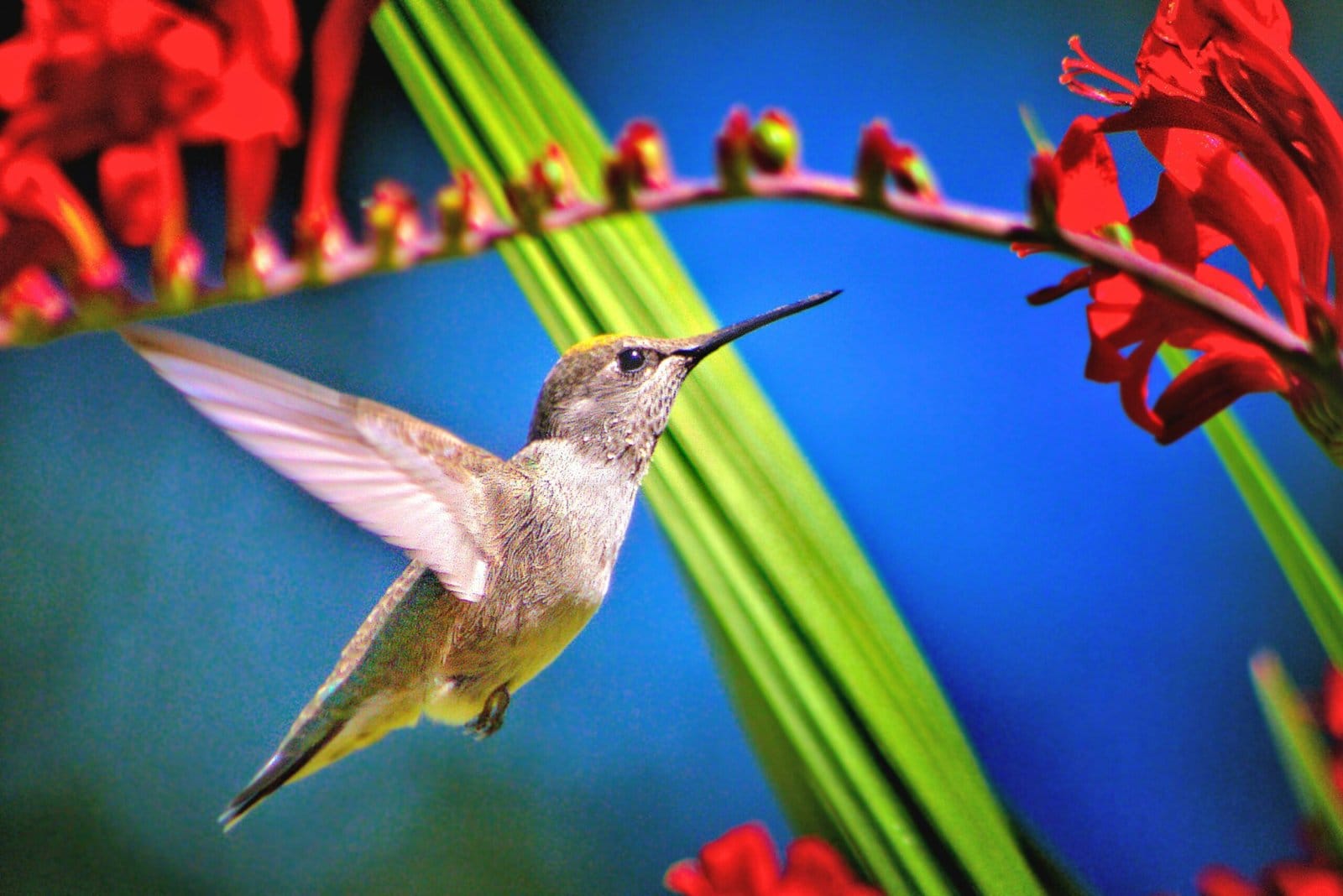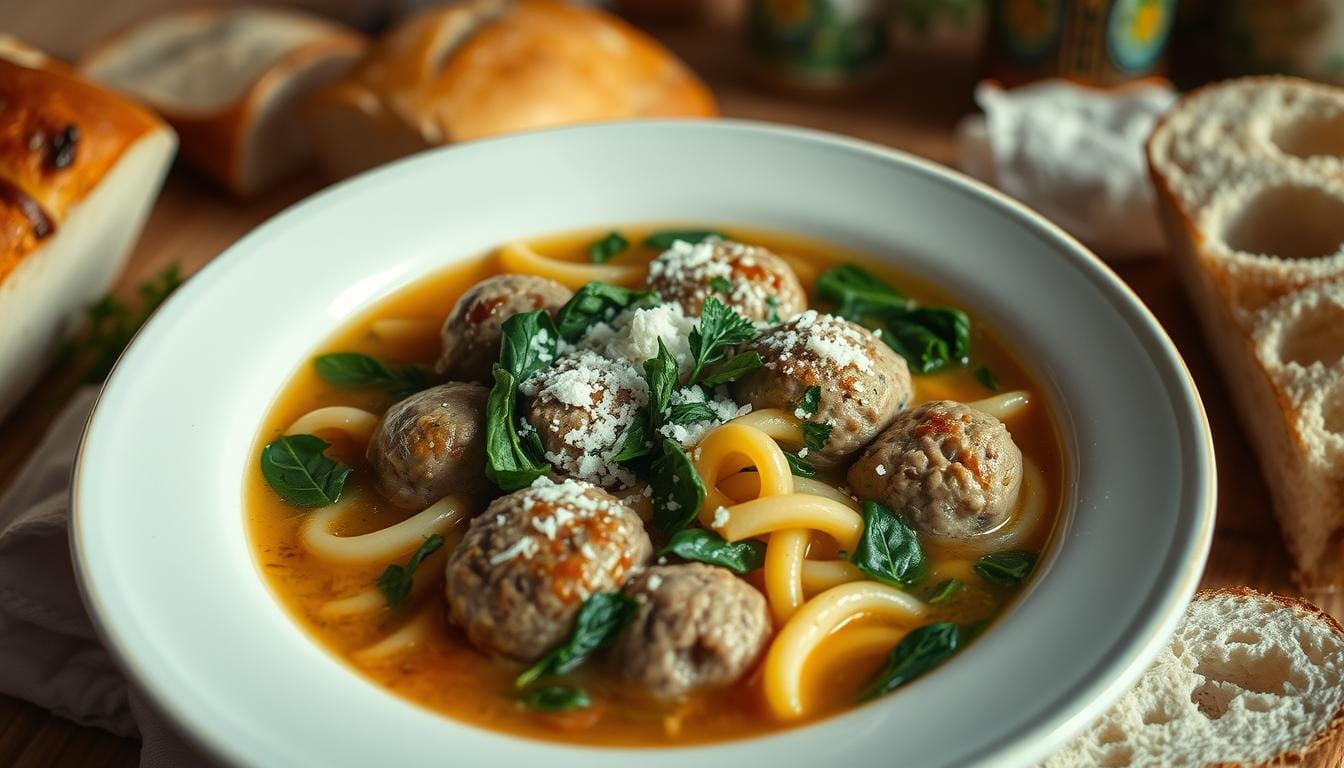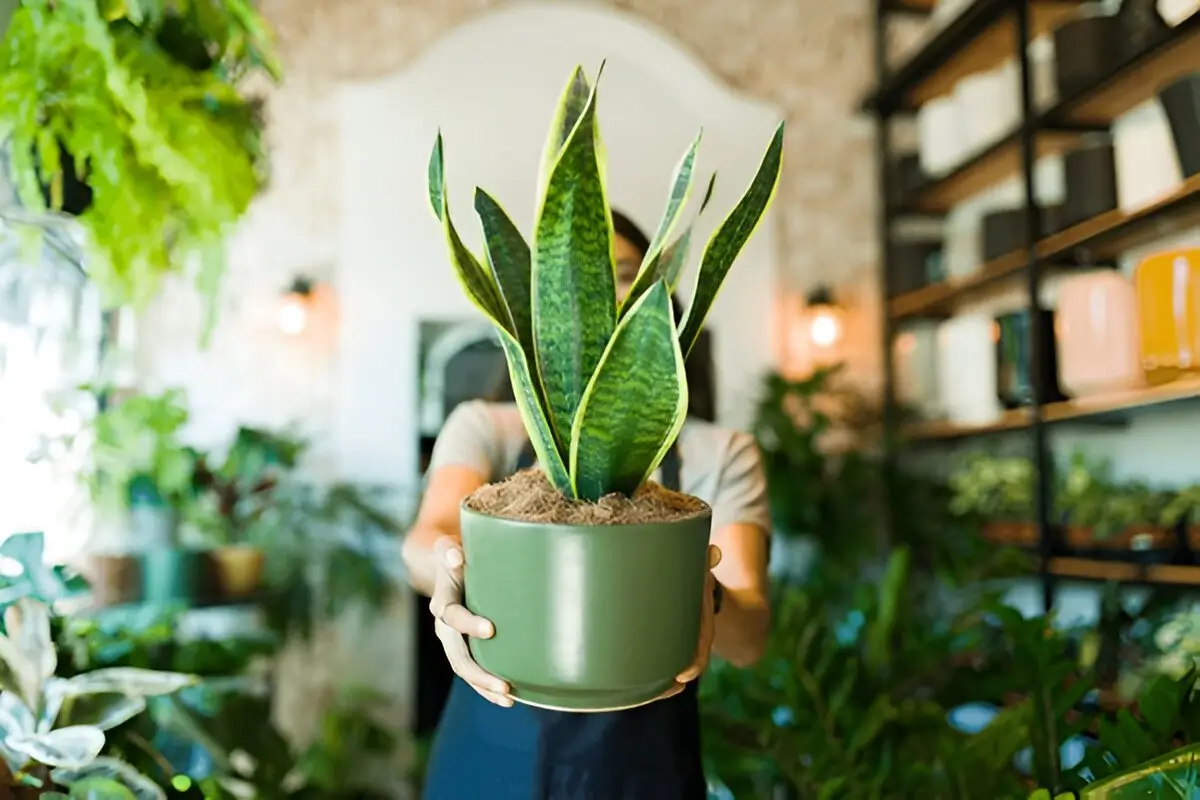hummingbird plants: 5 tips to attract Hummingbirds using Plants
November 29, 2024 | by hiliga24


Introduction to Hummingbirds
Have you ever heard of Hummingbirds ? What about hummingbird plants ? Let me tell you some useful ideas about Hummingbirds and how to use friendly plants to attract them to your garden easily.
Hummingbirds are fascinating and vibrant avian species known for their iridescent feathers, remarkable flight capabilities, and energetic behaviors. These small birds, primarily belonging to the family Trochilidae, exhibit a unique physiology that allows them to hover in mid-air, fly backwards, and even perform acrobatic maneuvers. Weighing less than a nickel, hummingbirds are renowned for their astonishing metabolism, which requires them to consume significant quantities of nectar and insects to fuel their high-energy lifestyle. Their characteristic rapid wing beats, often reaching up to 80 beats per second, produce a humming sound that gives them their name.
In addition to their intriguing physical traits, hummingbirds play a crucial role in many ecosystems, particularly in pollination. When visiting flowers to feed on nectar, they inadvertently transfer pollen from one blossom to another, promoting the reproduction of various plant species. This mutualistic relationship is vital not only for the health of the plants but also for providing food and habitat for other wildlife. Therefore, attracting these delightful birds to gardens not only enhances one’s outdoor space but also supports broader ecological dynamics.
The presence of hummingbirds can significantly elevate the beauty and vibrancy of any garden. Their iridescent plumage and energetic flight patterns provide an enchanting display for observers, making them a beloved addition to outdoor settings. Moreover, planting hummingbird-friendly species contributes to biodiversity, creating lush environments that benefit other pollinators. Offering suitable habitats can invite these birds into gardens, becoming a source of joy as one watches their lively antics. In this guide, we will explore how to strategically choose and plant specific flora to make your garden a sanctuary for these extraordinary pollinators.
Understanding Hummingbird Preferences
Hummingbirds are fascinating creatures renowned for their vibrant colors and rapid wing beats. One of their primary dietary needs is nectar, which they extract from specialized flowers. This sugar-rich fluid provides them with essential energy to sustain their high metabolism. In addition to nectar, hummingbirds also consume small insects and spiders for protein, but their attraction towards flowers is pivotal in establishing a conducive environment for them. When planting for these delightful visitors, it is crucial to consider their preferences in terms of color, shape, and scent of the flowers.
Color plays a significant role in attracting hummingbirds, with a marked preference for bright hues. They are particularly drawn to reds, pinks, and purples, leading many gardeners to select these shades when choosing flowering plants. The vibrant colors serve as visual cues, signaling the presence of nectar-rich sources. However, it is important to note that these birds are also attracted to various shades of orange and yellow, ensuring a diverse palette enhances the overall nectar availability in the garden.
The shape of flowers is another critical factor influencing hummingbird attraction. Tubular flowers, which allow for easy access to nectar, are especially appealing. These blossoms often feature slender openings that make it easy for hummingbirds to reach the nectar while simultaneously facilitating pollination. Plants such as trumpet vine, salvia, and bee balm exemplify this preferred shape and can create an inviting atmosphere for hummingbirds. Additionally, lighter floral scents can enhance attraction, although it is not as significant as color and shape. By planting a diverse assortment of nectar-rich flowers that align with these preferences, gardeners can create an environment that not only entices hummingbirds but also contributes to local biodiversity.
Top Hummingbird Plants to Attract Them
To effectively attract hummingbirds to your garden, selecting the right plants is essential. Several species are particularly favored by these vibrant birds, primarily due to the nectar-rich flowers they produce. Here is a curated list of some of the best plants for enticing hummingbirds, along with details about their characteristics, flowering seasons, and growth conditions.
1. Bee Balm (Monarda spp.): This perennial plant is known for its stunning, tubular flowers that come in shades of red, pink, purple, or white. Bee balm blooms from mid to late summer and thrives in well-drained soil under full sun to partial shade. Its aromatic foliage also attracts pollinators like bees and butterflies.
2. Trumpet Vine (Campsis radicans): A vigorous, deciduous vine, the trumpet vine produces large, trumpet-shaped flowers in shades of orange and red, typically blooming from mid-summer to early fall. This plant prefers full sun and well-drained soil, making it ideal for trellises or fences. However, it should be noted that its fast growth can require regular maintenance.
3. Salvia (Salvia spp.): Various salvia species, especially the ones with vibrant red or purple flowers, are highly attractive to hummingbirds. These perennial plants typically bloom from spring through fall and enjoy full sun and well-drained soil. Their drought-tolerant nature makes them a good choice for low-maintenance gardens.
4. Cardinal Flower (Lobelia cardinalis): With its striking red flowers, the cardinal flower is a standout choice for attracting hummingbirds. It prefers moist, well-drained soil and partial to full sun. This perennial blooms in late spring to early summer, providing a crucial food source for hummingbirds during their nesting season.
5. Zinnias (Zinnia spp.): These annual flowers are easy to grow and come in various colors, making them both beautiful and practical. Zinnias thrive in full sunlight, and their blooming season extends from summer to fall. They provide abundant nectar and are a favorite among hummingbirds.
When choosing plants to attract hummingbirds, consider your local climate and garden preferences. A diverse selection not only benefits hummingbirds but can also enhance the overall beauty of your outdoor space.
Planting and Caring for Hummingbird Plants
To effectively attract hummingbirds, selecting appropriate plants and providing the right care is essential. Begin by selecting well-draining soil, as it is crucial for maintaining healthy roots. A mix of potting soil, compost, and sand can create an ideal growing medium that allows for proper drainage while retaining sufficient moisture. Hummingbirds are drawn to vibrant colors, especially red, orange, and pink, so ensure your garden includes a variety of these shades to entice them.
Light conditions play a significant role in the growth of hummingbird plants. Most of these plants thrive in full sunlight, meaning they require at least six hours of direct sun each day. When selecting a planting location, opt for areas that receive ample sunlight, keeping in mind that some plants can tolerate partial shade. It is also paramount to consider the climate and growing zone of your region, as certain species are more suited to specific environments.
Watering is another critical aspect of caring for hummingbird plants. Regular watering is vital, particularly during hot and dry periods, but care should be taken to avoid overwatering. The soil should be kept consistently moist but not soggy. An eco-friendly practice involves using rainwater collection systems to water your plants, reducing reliance on municipal water sources. Additionally, mulching around the base of the plants can help retain soil moisture and suppress weeds.
Pruning and deadheading are important maintenance tasks that encourage continual blooming and healthy plant growth. Regularly removing spent flowers not only promotes new growth but also maintains the plant’s vigorous appearance. Prune plants in early spring or late fall to encourage bushy growth, ensuring your garden remains a perennial attraction for hummingbirds throughout the growing season. Integrating these sustainable gardening methods will enhance your garden’s ecological balance while inviting these beautiful creatures.
Creating a Hummingbird-Friendly Habitat
To attract hummingbirds to your garden, it is essential to create a habitat that caters to their natural preferences. Hummingbirds thrive in environments that provide ample food sources, water, shelter, and nesting opportunities. By incorporating these elements, you can significantly enhance the likelihood of these fascinating birds visiting your garden.
One of the most critical components of a hummingbird-friendly habitat is the availability of fresh water. Hummingbirds need water not only for drinking but also for bathing. Incorporating a shallow birdbath or a water feature, such as a fountain, can serve as an excellent water source. Ensure that the water remains clean and refreshed regularly. A gentle drip from the fountain can attract hummingbirds, as they are drawn to the sound and movement of water.
In addition to water, providing shelter and safe resting spots within your garden is crucial. Hummingbirds typically seek out areas with dense foliage, shrubs, and trees to perch and rest. Consider planting native plants that offer natural cover, such as flowering shrubs or small trees that are known to attract hummingbirds. These plants not only provide shelter but also their nectar-rich blooms can serve as a food source.
Nesting opportunities are another essential aspect of creating a hummingbird-friendly environment. While these birds often nest in trees and shrubs, incorporating specific trees or plants that suit this purpose can be beneficial. Native plants are particularly important, as they provide the right structure for nesting. Avoid using pesticides or chemicals, which can harm both hummingbirds and their habitats.
Ultimately, by focusing on water sources, shelter, and nesting opportunities, you can create a vibrant and welcoming environment for hummingbirds. This will not only benefit the birds but also enhance the overall ecological balance of your garden.
Enhancing Your Garden to Attract Hummingbirds
When creating a sanctuary for hummingbirds, additional features beyond flowering plants can significantly enhance their appeal. One of the most effective methods is the installation of hummingbird feeders. These feeders serve as an essential resource, providing a reliable nectar source that many birds seek out, particularly during migration seasons. It is crucial to choose feeders that are specifically designed for hummingbirds, which typically feature small feeding ports and a red color to attract them. The placement of these feeders is equally important; they should be hung in shaded areas to prevent the nectar from spoiling quickly while ensuring they are visible from a distance.
In terms of nectar preparation, a mixture of four parts water to one part granulated sugar is recommended. This simple formula mimics the natural nectar found in flowers while being easy to prepare. Avoid using food coloring or honey, as these substances can be harmful to hummingbirds. Regular maintenance of the feeders is essential to prevent mold and disease; it is advisable to clean them thoroughly every few days, especially during warmer months when bacteria can proliferate quickly.
In addition to feeders, incorporating garden ornaments can also enhance your garden’s attractiveness to hummingbirds. Features such as bright-colored wind chimes, reflective surfaces, or disk-shaped flowers can catch the birds’ attention as they hover nearby. Additionally, water features, like small fountains or birdbaths with shallow edges, provide much-needed hydration and a place for birds to bathe, further encouraging them to visit your garden. When harmoniously integrated with flowering plants and ample feeders, these elements will create a vibrant ecosystem that not only attracts hummingbirds but also enriches the overall beauty of your outdoor space.
Seasonal Considerations for Attracting Hummingbirds
The behavior of hummingbirds is significantly influenced by seasonal changes, and understanding these patterns is essential for successful attraction. Hummingbirds are migratory creatures, often traveling vast distances to find suitable feeding grounds. During their migration, which typically occurs in spring and fall, they rely heavily on available food sources. Thus, planning your garden to align with these critical seasonal periods is vital for sustaining these birds as they pass through your area.
In spring, as migrating hummingbirds return, they seek out early-blooming flowers that provide energy-rich nectar. Popular plants that can thrive during this season include columbine, bee balm, and red currant. Planting these species ahead of time ensures they bloom in sync with the arrival of the birds. Additionally, creating a habitat that maintains a diverse blooming schedule across the spring and summer can secure a continuous source of food as the birds establish territories and raise their young.
As summer progresses toward fall, it is essential to keep food sources plentiful. Late bloomers such as trumpet vine or cardinal flower become increasingly vital for hummingbirds preparing for their migration south. Moreover, maintaining a variety of plants will cater to different species and their unique preferences, helping to foster a hummingbird-friendly environment.
During the colder months, it’s essential to prepare your garden for the off-season. While most hummingbirds will leave in search of warmer climates, certain species may remain if they find sufficient food. Leaving seed heads on flowers like coneflowers and sunflowers can provide sustenance for these birds. Non-native species may also be added to your garden to ensure a fresh selection of blossoms for late-season visits. Understanding seasonal shifts and adapting your garden accordingly is crucial for creating an inviting atmosphere for migratory hummingbirds.
Troubleshooting Common Hummingbird Issues
Attracting hummingbirds can be a rewarding endeavor; however, gardeners may encounter a few common issues that can hinder their success. One significant challenge is competition from other bird species. While hummingbirds are known for their unique flight patterns and feeding habits, they may have to compete with larger birds, such as finches or sparrows, that also seek out nectar-rich plants and feeders. To mitigate this issue, consider placing hummingbird feeders in areas that are less accessible to larger birds, such as hanging them from hooks or placing feeders on tall poles. Additionally, choosing specialized hummingbird feeders with smaller feeding ports can deter larger species while allowing hummingbirds access.
Another commonly experienced problem is the presence of pests and insects, which can disrupt the hummingbirds’ feeding habits. Ants and bees are two prime examples of pests that can invade hummingbird feeders or nectar-producing plants. To prevent ants from climbing up to the feeders, consider using ant moats; these small devices can hold water and act as barriers to inhibit ant access. Furthermore, regular cleaning of feeders is essential to eliminate residue and discourage bees and wasps from dominating the feeder. Using feeders that are specifically designed to minimize bee access can be another helpful strategy.
Weather can also play a role in attracting these delicate creatures. Extreme temperatures or inclement weather may deter hummingbirds from visiting gardens. During colder months, providing additional sources of food, such as robust flowering plants and maintaining the freshness of nectar in feeders, can successfully attract and retain these birds. Observing your garden and being adaptable to the needs of hummingbirds is crucial. Through thoughtful planning and careful troubleshooting, gardeners can create a thriving environment that encourages the joyful return of hummingbirds.
Conclusion: Enjoying the Presence of Hummingbirds
Attracting hummingbirds to your garden is not only a delightful endeavor but also a vital contribution to the well-being of local ecosystems. These stunning birds play a crucial role in pollination, which supports the growth of diverse plant species. By planting the right flowers and maintaining a hummingbird-friendly environment, you can help sustain their populations while enhancing the aesthetic charm of your outdoor space.
The vibrant colors and unique behaviors of hummingbirds provide endless opportunities for observation and enjoyment. As you cultivate your garden with native blooms such as salvia, bee balm, and columbine, you will not only draw these enchanting creatures closer but also promote a balanced ecosystem that benefits various wildlife. The presence of these birds serves as a testament to a healthy environment and an engaged gardener.
We encourage readers to take action by sharing their experiences participating in hummingbird attraction and observing their habits. Whether you are a novice or an experienced gardener, each effort counts towards fostering a welcoming habitat for these remarkable avian visitors. Consider documenting your journey, perhaps through social media or local gardening clubs, as this can inspire others to join the movement in attracting and supporting hummingbirds.
Furthermore, getting involved in local conservation efforts is an excellent way to extend your commitment to these beautiful birds. Many organizations focus on restoring habitats and educating the public about the importance of preserving biodiversity. By participating in such initiatives, you can contribute to a more sustainable future while enjoying the wonder of hummingbirds in your garden.
Ultimately, the rewarding experience of attracting hummingbirds is both a personal joy and an important environmental responsibility. Your actions today will echo in the preservation of these unique creatures for generations to come.
RELATED POSTS
View all


